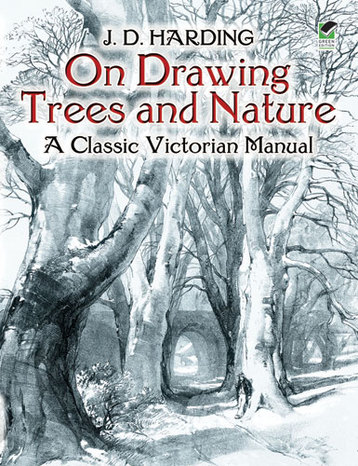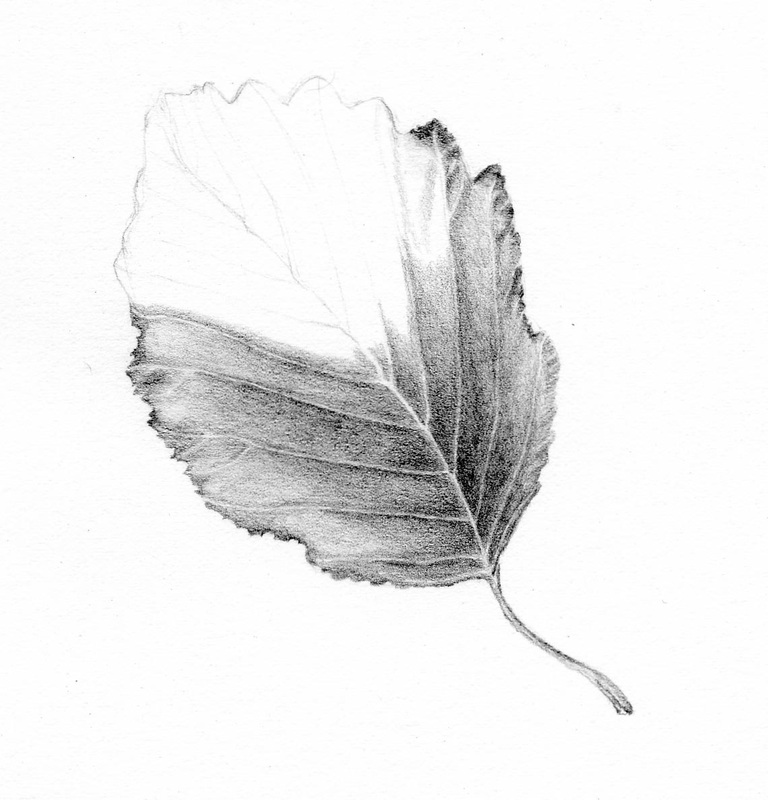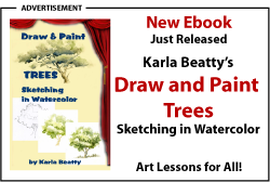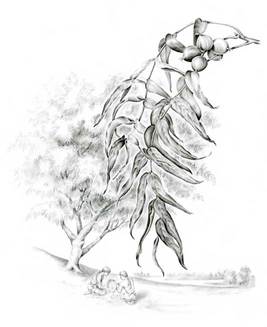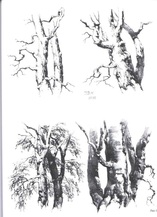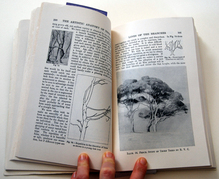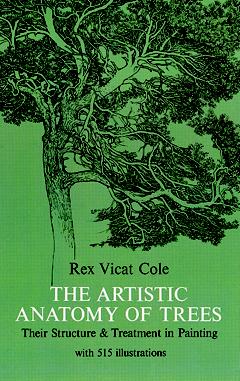|
On Drawing Trees and Nature
Trees! Trees! Trees!
Vintage drawing manuals and classic art instructionals.
|
|
On Drawing Trees and Nature: A Classic Victorian Manual
from: Dover Publications On Drawing Trees and Nature: A Classic Victorian Manual, by J.D. Harding This vintage book is a classical art instruction book. Massive trees drawn realistically in nature make a great inspiration for getting out there and drawing. Exercises and diagrams show exactly how to start making marks on the paper that give you realistic foliage, branches, and bark.
|
These Two Books Helped Me Learn
|
|
Vintage drawing, painting, and art books are great. It’s like going back to an earlier art form where technique is placed above speed, and knowledge above expression. You learn the basic art principles and how to practice them.
|
